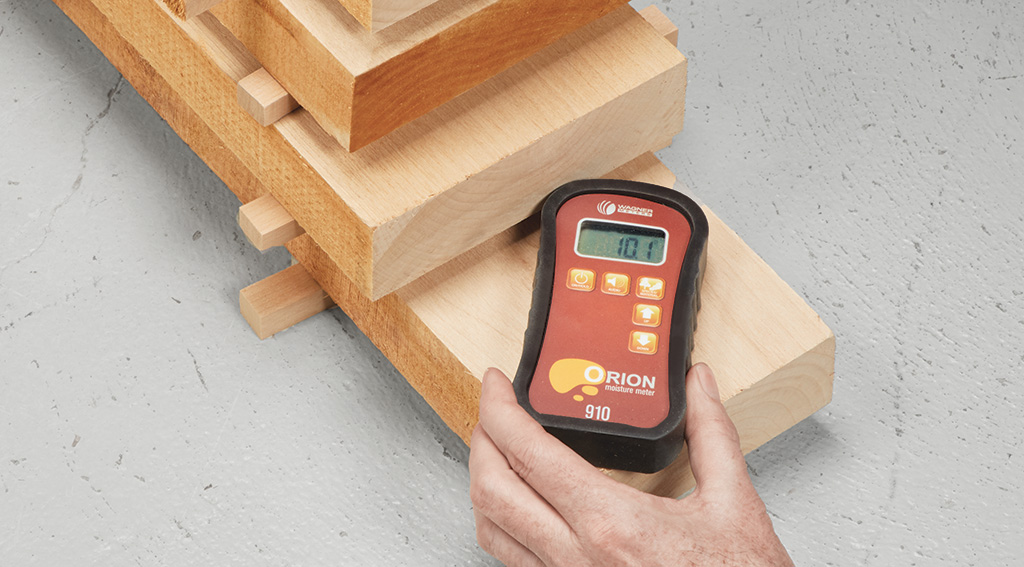
Let's face it: the jig saw often seems more at home on the job site than in the shop. Sure, it's great for rough cuts in construction-grade lumber and curved cuts in all sorts of materials, but for woodworking, we tend to use a band saw or scroll saw.

Despite its rough-cutting reputation, I believe the jig saw, when outfitted with the right blade (photo above), has earned a place alongside your router, table saw, and other woodworking tools. Here are five tasks a jig saw can take care of quickly and accurately.
Prepping Project Parts. Nearly all project parts start as larger boards. And while you can certainly use a table saw to break down those big boards, the jig saw presents a more practical solution.
Imagine, for example, that you've found a large board that contains all your drawer fronts, rails and stiles, or other mating parts. Instead of trying to plan out all these cuts on a table saw, use chalk to lay out and label each part. Then, use a jig saw to cut each of those individual parts free (main photo above).
Cut slightly outside the layout lines, and then you can use your jointer and table saw to trim the pieces to final size. It’s a lot easier than trying to maneuver a large, awkward board on a table saw.
Making Big Curves. Most woodworkers rely on their band saws for cutting curves. But what happens when you have a big curve on a big part, like the edge of a piece of plywood?
The answer, of course, is the jig saw. Just stay slightly outside the line as you cut and sand the curve to its finished dimension.

Creating Corner Notches. Corner notches are also common in woodworking. One example of this is when you need to notch a shelf panel to fit around workbench legs.

With the jig saw, this operation is a snap. Just guide the base of the saw with a speed square, and cut in from each side of the notch to complete the cut.
Cutting Edge Notches. One typical use for a jig saw is cutting a hole or notch in the center of a panel. Usually this is done by drilling a hole in each corner and cutting between the holes with the saw.
A jig saw is also efficient at cutting a notch in the edge of a board or panel. And there's a method for doing it without drilling any holes. First, cut both shoulders of the notch, as shown in the illustration. Then, make a curved cut that starts at the edge of the board and ends at the back corner of one of the shoulders.


That just leaves a small waste piece behind, and you can make a final cut across the back edge of the notch to remove this waste and complete the notch.
Getting Ready to Rout. When you need multiples of a curved or irregularly shaped part, template routing is a good idea. With template routing, you simply rough-cut the pieces, and then use a flush-trim router bit guided by a template to rout the pieces to identical shape and size.

This rough-cutting step is perfect for a jig saw. Since all you need to do is get the parts close to their final size before routing, a jig saw lets you cut them out quickly. Stay slightly outside the layout lines for the best results.












